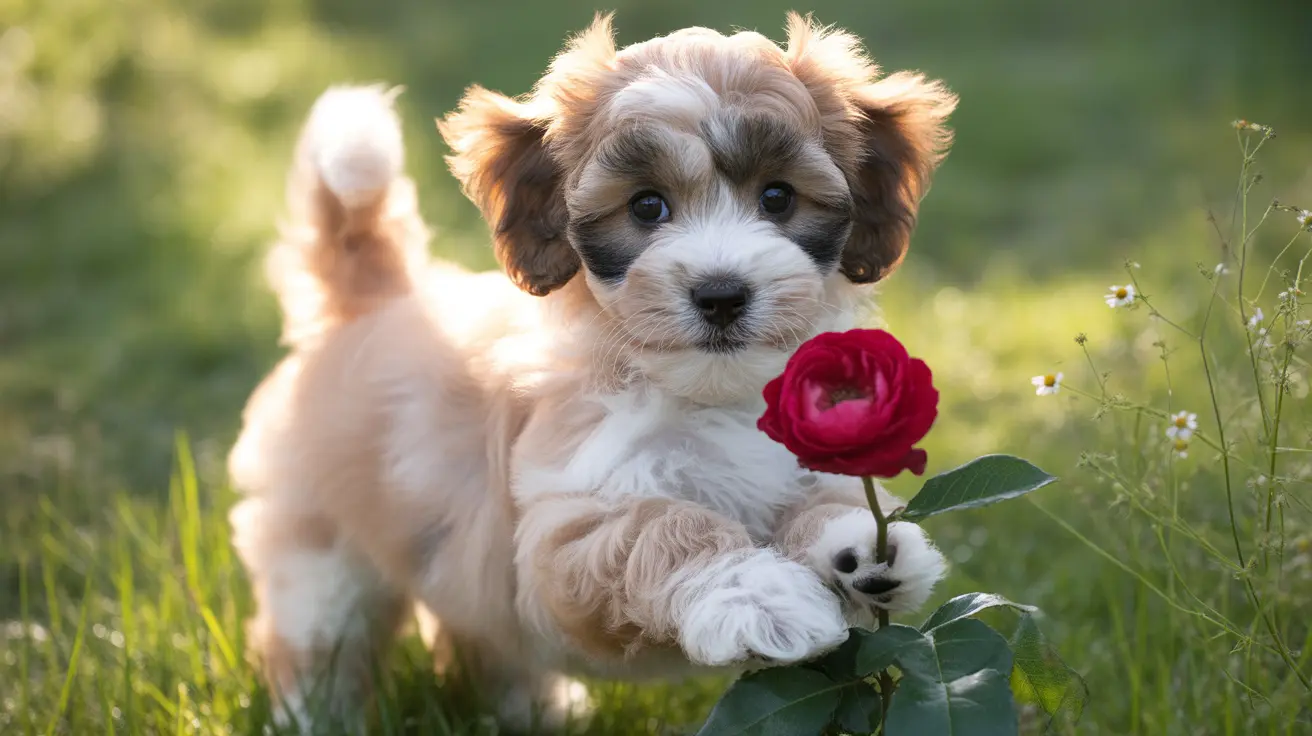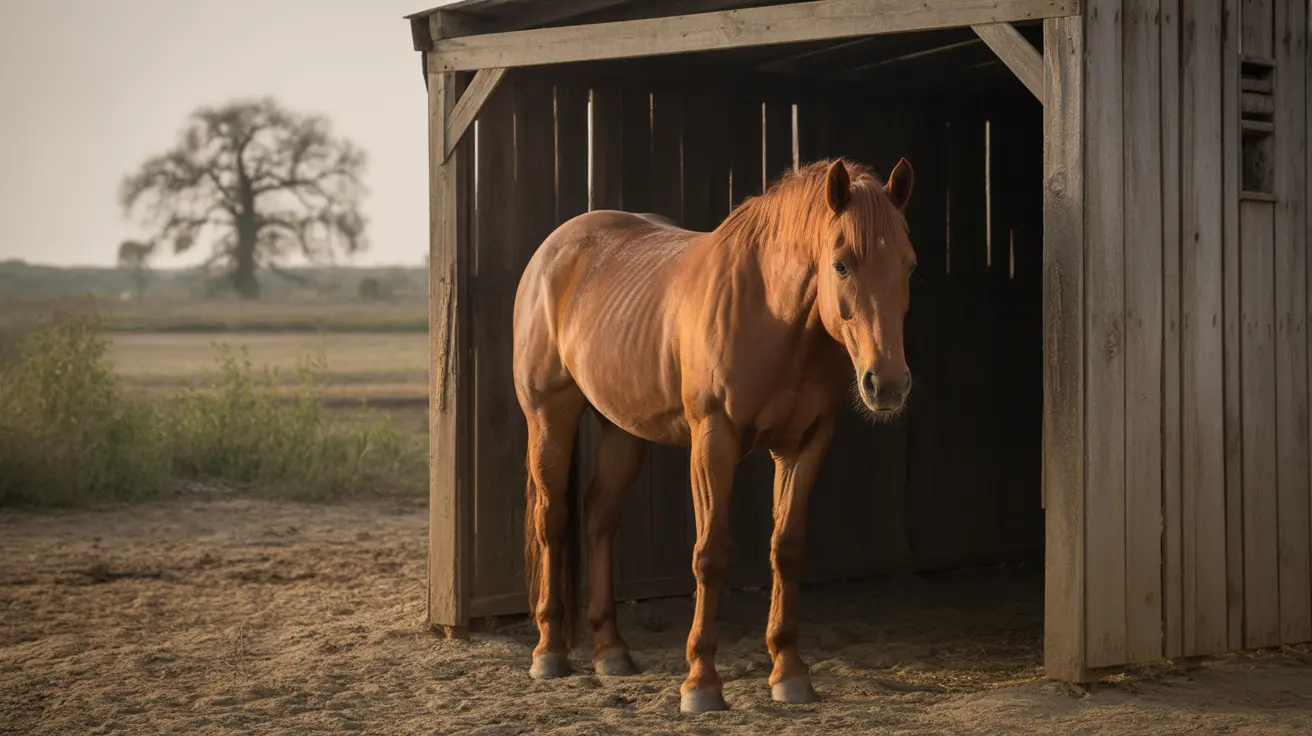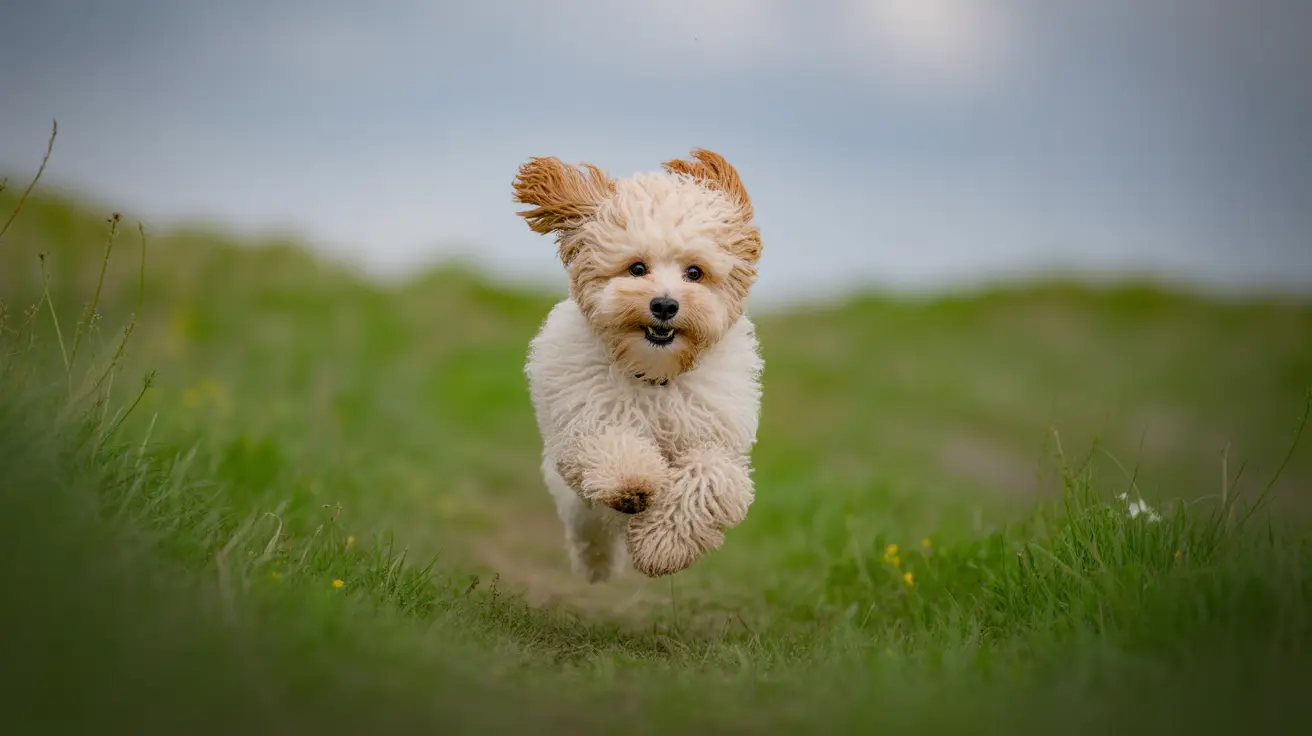When it comes to designer dogs, the Maltipoo stands out for its incredible variety of coat colors and patterns. This beloved cross between a Maltese and Poodle can sport an amazing array of hues, from classic whites and creams to rare phantoms and striking parti combinations. Understanding these color variations helps potential owners make informed decisions and current Maltipoo parents better appreciate their pet's unique characteristics.
Whether you're considering adding a Maltipoo to your family or simply fascinated by their diverse appearances, this comprehensive guide will explore everything you need to know about Maltipoo colors, their genetics, and how these adorable dogs can transform as they age.
Understanding Maltipoo Color Genetics
The fascinating world of Maltipoo colors begins with genetics. While the Maltese parent typically contributes white or cream genes, the Poodle parent brings a rich palette of color possibilities. This genetic combination creates the foundation for the breed's diverse coat colors.
The inheritance of coat colors in Maltipoos follows complex patterns, with some genes being dominant and others recessive. The presence of the "fading" gene, commonly inherited from the Poodle parent, can cause dramatic color changes as puppies mature into adults.
Common Maltipoo Colors
The most frequently seen Maltipoo colors include:
White and Cream
These classic colors come primarily from the Maltese heritage. Pure white Maltipoos are highly sought after, while cream-colored pets may display subtle variations in tone. These colors tend to be the most stable, showing minimal fading over time.
Black and Brown
Both black and brown (chocolate) Maltipoos are popular choices, though these colors often fade as the dog ages. Black may transition to silver or gray, while brown typically lightens to a café au lait shade.
Rare and Unique Maltipoo Colors
Apricot and Red
These warm, beautiful tones are highly desired but less common. Apricot Maltipoos may lighten over time, while red coats tend to maintain their rich color better.
Silver and Blue
These rare colors develop over time, usually starting from a darker base color. Silver comes from faded black, while blue is a unique dilute variation that includes both coat and skin pigmentation changes.
Special Maltipoo Patterns
Parti Maltipoos
Parti-colored Maltipoos display a striking combination of white (at least 50%) with patches of another color. These patterns create unique, eye-catching appearances that make each dog truly one-of-a-kind.
Phantom and Sable
Phantom Maltipoos show distinct markings in specific locations, similar to Doberman markings. Sable coats feature darker-tipped hairs over a lighter base color, creating a beautiful dimensional effect.
Color Changes and Development
Many Maltipoo owners are surprised to discover their puppy's coat color changing as it matures. This natural process, influenced by the fading gene, can occur gradually over the first two years of life. Understanding these potential changes helps set realistic expectations for your pet's adult appearance.
Frequently Asked Questions
What are the most common and rare coat colors found in Maltipoos?
The most common Maltipoo colors are white, cream, and black. Rare colors include silver beige, blue, and café au lait. Unique patterns like phantom and true red are also considered rare.
Why does my Maltipoo's coat color change as it grows older?
Color changes occur due to the presence of the fading gene, typically inherited from the Poodle parent. This gene causes gradual lightening of the coat, especially in darker colors like black and brown.
How do genetics from Maltese and Poodle parents influence Maltipoo coat colors?
The Maltese parent typically contributes white or cream genes, while the Poodle parent brings the potential for various colors. The combination of these genetics creates the diverse range of possible Maltipoo colors.
What special coat patterns like parti, phantom, or sable mean for Maltipoos?
Parti means the dog has 50% or more white with patches of another color. Phantom shows specific marking patterns in predetermined areas, while sable displays darker-tipped hairs over a lighter base color.
Can coat color affect the health or temperament of a Maltipoo?
Coat color generally has no impact on a Maltipoo's health or temperament. The exception is the merle pattern, which, when bred improperly, can lead to health issues. Always choose a reputable breeder who prioritizes health over color.






